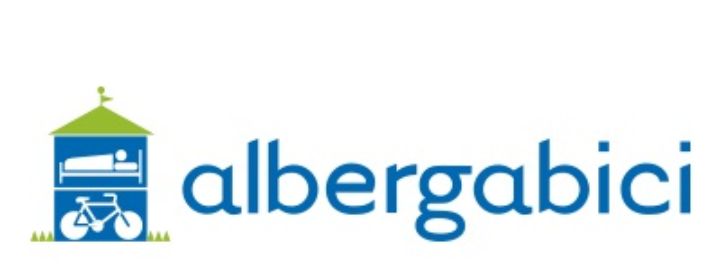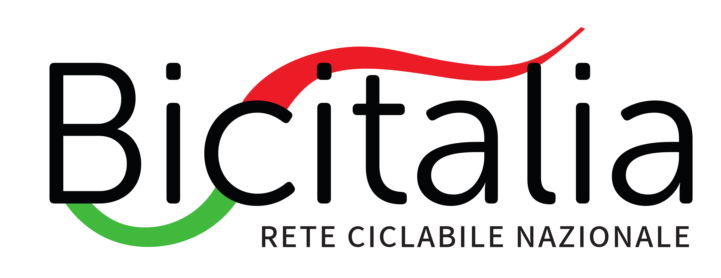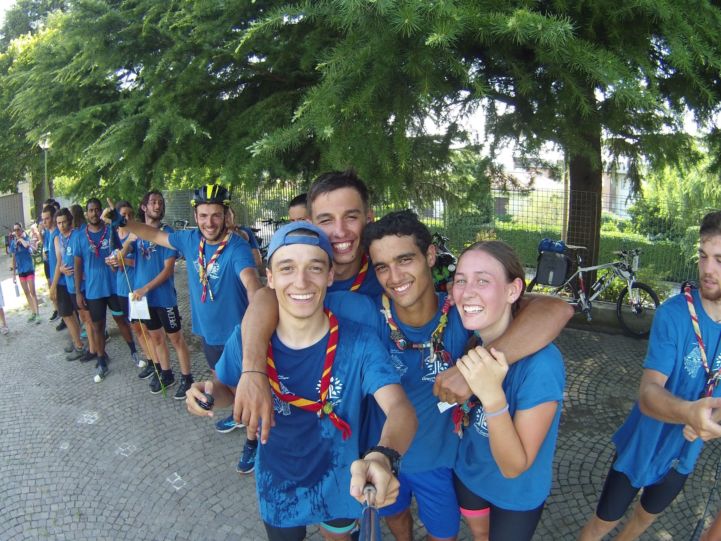Via Francigena was a major pilgrimage and communication corridor in medieval Western Europe used to reach Rome and Jerusalem through the port of Brindisi. Declared ‘Cultural Route of the Council of Europe’ in 1994, The Via Francigena is based on the travel of Sigeric ‘the Serious’, Archbishop of Canterbury who visited in 990. The route runs through the entire Italian peninsula, from lake Como to Brindisi, along the Sigeric corridor from Pavia to Rome. It goes through the Po river plain and crosses the Cisa Pass to Tuscany, and moving behind Rome, goes through the Southern Apennines up to the Adriatic Sea.
Note: For the time being, it is recommended to take the train to skip the Palagiano-Taranto section.





